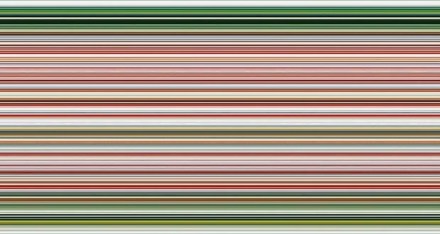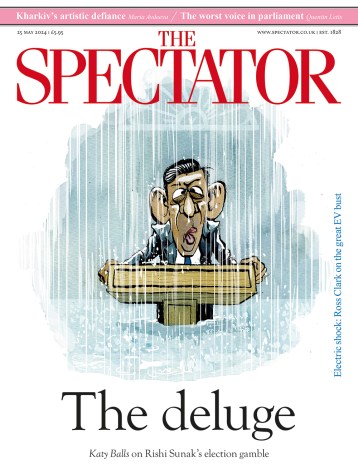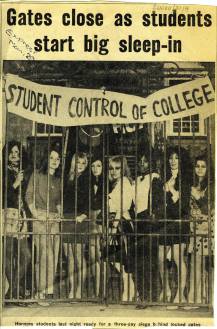‘Painting is total idiocy’ says Gerhard Richter – and he has some new paintings to prove it
Gerhard Richter has got a website. This is odd in itself – artists only usually have websites when they are young and not represented by a commercial gallery. They then proudly drop their websites when they get signed up to show that they are not in the grubby business of having to promote themselves. Gerhard Richter is 82 and arguably one of the few artists to combine huge commercial success (his 1968 work Domplatz sold for £24 million at Sotheby’s) with critical adoration. This is not the only thing that is odd about his website. The artist is known for the variety of styles he has used in painting, from








